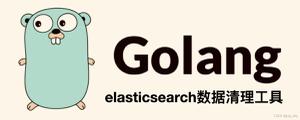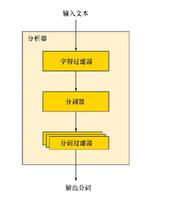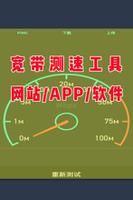如何在ElasticSearch中寻址,删除或访问子对象?
如何在Elasticseacrch中处理子对象?
假设我们创建了两个父母和三个孩子。请注意,有两个孩子的ID,c2但父母不同:
curl -XPUT localhost:9200/test/parent/p1 -d'{ "name": "Parent 1"
}'
curl -XPUT localhost:9200/test/parent/p2 -d'{
"name": "Parent 2"
}'
curl -XPOST localhost:9200/test/child/_mapping -d '{
"child":{
"_parent": {"type": "parent"}
}
}'
curl -XPOST localhost:9200/test/child/c1?parent=p1 -d '{
"child": "Parent 1 - Child 1"
}'
curl -XPOST localhost:9200/test/child/c2?parent=p1 -d '{
"child": "Parent 1 - Child 2"
}'
curl -XPOST localhost:9200/test/child/c2?parent=p2 -d '{
"child": "Parent 2 - Child 2"
}'
如果搜索这些子项,我们会发现有两个子项_id的c2
curl -XGET localhost:9200/test/_search{
"_shards": {
"failed": 0,
"successful": 5,
"total": 5
},
"hits": {
"hits": [
{
"_id": "c1",
"_index": "test",
"_score": 1.0,
"_source": {
"child": "Parent 1 - Child 1"
},
"_type": "child"
},
{
"_id": "c2",
"_index": "test",
"_score": 1.0,
"_source": {
"child": "Parent 1 - Child 2"
},
"_type": "child"
},
{
"_id": "c2",
"_index": "test",
"_score": 1.0,
"_source": {
"child": "Parent 2 - Child 2"
},
"_type": "child"
}
],
"max_score": 1.0,
"total": 3
},
"timed_out": false,
"took": 1
}
我该如何处理p1/c2?如果没有父子关系,则_id可以使用来访问,更改或删除子对象。在我的情况下,我让elasticsearch创建id对象的。
要访问子对象,_id还不够:
curl -XGET localhost:9200/test/child/c2我还必须指定父级:
curl -XGET localhost:9200/test/child/c2?parent=p1在我的系统中,更糟糕的是,有些对象我可以直接访问而没有,parent而另一些对象则无法访问。(为什么???)
如果我删除c2(没有父母!):
curl -XDELETE http://localhost:9200/test/child/c2两个孩子都被删除。要仅删除一个我必须使用的孩子?parent=p1
curl -XDELETE http://localhost:9200/test/child/c2?parent=p1这是我的问题。
这是否意味着我必须以某种方式手动将父ID放入子对象,然后将该对象的构造为
id?parent=parent_id为什么Elasticsearch不返回父ID?
如果我让elasticseach创建子对象的ID,是否可以保证它们是唯一的,或者不同父母的两个孩子会得到相同的东西
id吗?
回答:
子文档只是Elasticsearch中的普通文档,带有一个_parent字段,它指向父类型的文档。
在访问子文档时,无论是建立索引还是获取索引,都需要在请求中指定父ID。这是因为父ID实际上用于子文档的路由(例如,有关路由的信息,请参阅-http:
//www.elasticsearch.org/guide/en/elasticsearch/reference/current/search.html#search-
routing) 。
这意味着子文档根据 ID进行分片,因此它与 文档位于同一分片上。
在上面的示例中,可能发生的情况是每个c2文档都是在一个单独的分片上创建的-一个由其自己的ID进行分片,另一个由您的父ID(您在其中指定了父)进行分片。
了解这一点很重要,这样您就不会在索引,获取和搜索之间出现不一致的情况。因此,在使用子文档时,您需要记住
传递父文档,以便将它们路由到正确的分片。
关于文档ID-您需要像对待其他所有文档一样对待它。这意味着它必须是唯一的,即使父文档不同,也不能有两个ID相同的文档。
您可以将父ID用作子文档ID的一部分(如您所建议的),或者让ES生成唯一ID(如果在您的用例中有意义)。ES生成的文档ID是唯一的,无论父文档是什么。
关于找回父字段,您需要明确地请求它,默认情况下不返回。-使用fields参数(请求它http://www.elasticsearch.org/guide/en/elasticsearch/reference/current/docs-
get.html#get-
fields - ,或在搜索//www.elastic:HTTPS。 co / guide / zh-CN /
elasticsearch / reference / current / search-request-stored-
fields.html)。
以上是 如何在ElasticSearch中寻址,删除或访问子对象? 的全部内容, 来源链接: utcz.com/qa/402192.html








